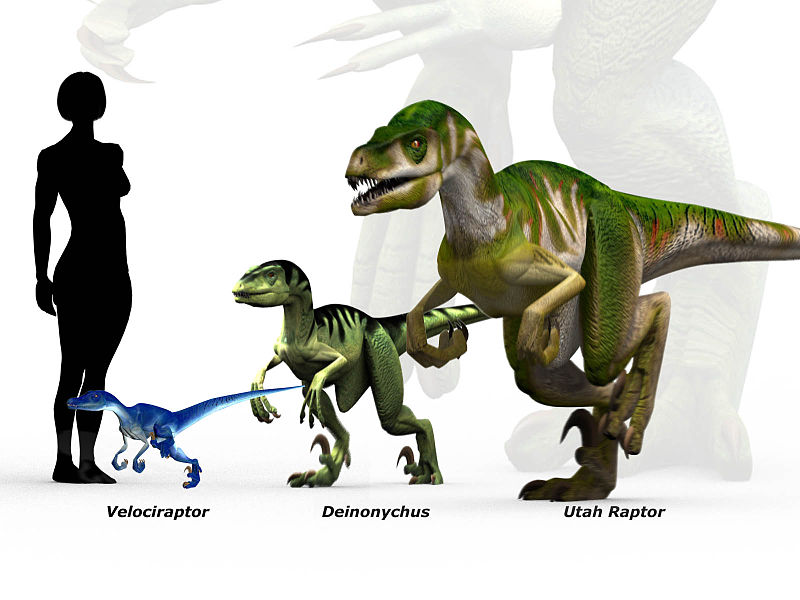We covered a lot of ground today. We started out with a lab activity, since we hadn’t had time to explore biomes fully the previous day. I started them out with a super cool Google Earth file that I found here. One of the resources is an interactive Google Earth map with layers that show various aspects of climate – average winter temperatures, average summer temperatures, that sort of thing – along with a layer that shows the location and distribution of biomes, worldwide.

After working with this data for a bit, I handed out an outline of a continent, with the instructions that they should place the biomes wherever they wanted, as long as it was in keeping with the concepts we’d just learned – which biomes are found at which latitudes, how landforms like mountains can affect climate, that sort of thing. And yes, this was another coloring project! (Always popular). Although we hadn’t talked about climate change yet (that would happen next), I set that up by asking them to think through what sort of shifts we might see in the location of biomes, if temperatures were to rise by even a few degrees.
After lunch, we talked about the movement of energy and materials through ecosystems, including the concept of food webs. For lab, we did an activity that I adapted a couple of years ago for an upper division biology course: “Trophic Interactions in the Kelp Forest: An Ecological Detective Story.” My original inspiration for this activity, an NSF case study, can be found here. In the past, I’d provided students with a matrix of trophic (feeding) relationships, and asked them to create a food web diagram:
I’d always assigned this as homework, so I needed to make some adjustments to turn it into an in-class activity. The biggest change was the addition of some little “Food Web Cards,” each of which had a picture of an organism, along with the details of what that organism eats, and also what it gets eaten by. Each group received a complete set of cards, and instead of giving them a completed matrix, they had to come up with that on their own.

Then, instead of doing their food webs online, we made good use of the white boards, and some colorful wet erase markers. (This ended up being not ideal for me – it took me AGES to clean off all the marker, since it needed to be sprayed down. But it was worth it).

The activity went REALLY well! Everything worked out just as I had hoped, and they did a great job of coming up with their food webs. A REALLY good job . . . in the past, I’d had complaints from students that the matrix was too complicated, and it took them too long to complete. I think maybe the difference was that doing this in class gave them plenty of time and space to really get into it, whereas the attitude for doing it as homework might have been to speed through it as quickly as possible? I don’t know . . . all I know is that my non-majors totally owned this activity, so next time some upper division bio students try and tell me it’s “too hard,” I’m going to have a rebuttal for them haha. 😉
While they were drawing food web diagrams, I did a bit of kelp forest artwork of my own:

I really liked the way this went using the little cards . . . I think I’ll incorporate that into the activity for the upper division students, as well.
Selected Materials
110 Climate and Biomes lab activity
Google Earth file can’t be uploaded to WordPress, but should be available at the link in the first paragraph
110 Trophic Interactions in the Kelp Forest SU17
Kelp Forest Food Web Cards




















































































